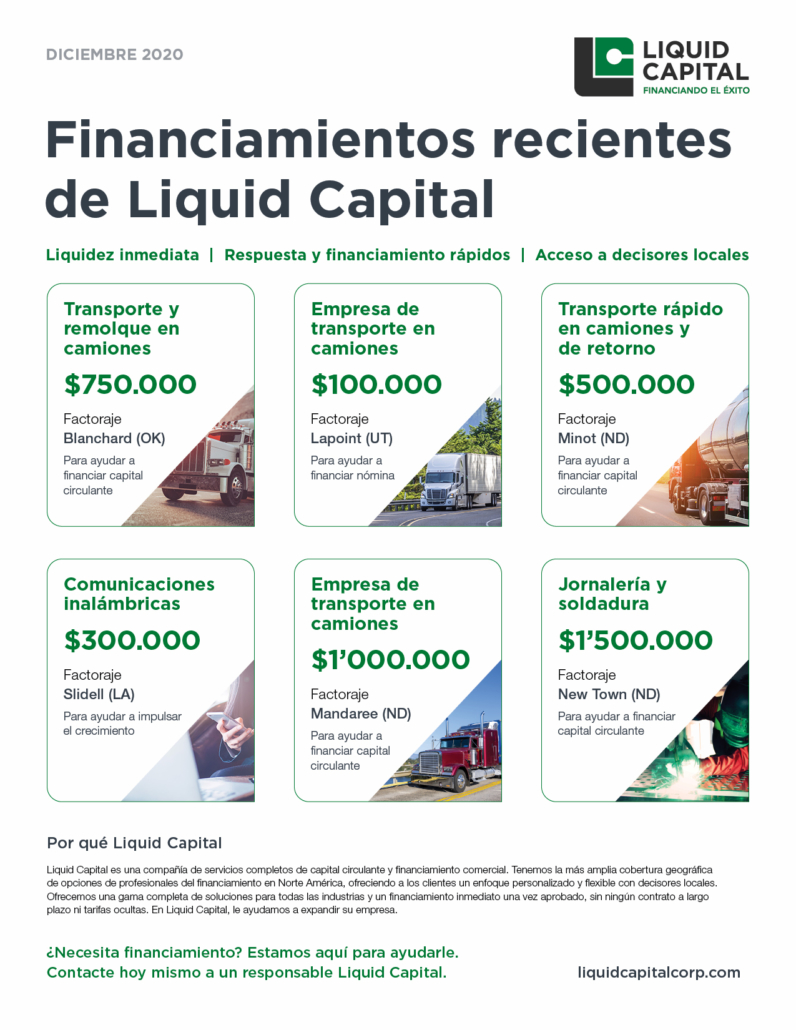Best of 2020: The top funding advice you loved reading!
We love producing articles that are informative and engaging for our readers — whether you’re a client, business partner or fellow commercial finance professional. This year, the top blog content included funding advice and other topics on cash flow budgeting, reducing expenses, growing better business partnerships and more.
Here are the top 10 articles from our blog this year:
7 steps to create your cash flow budget
Cash flow is extremely important for a business — it’s literally the bread and butter. So how do you ensure you have enough money to pay yourself and keep your business operational? Start by creating a cash flow budget that shows you how much money is coming in and going out of the business.
3 biggest financial challenges facing small business owners
Business owners are faced with a number of financial challenges. In this post, we don’t just present the top three finance-related problems, but also offer solutions to help you overcome and flourish in business.
4 core business principles you might be overlooking
In this post, we explain how you can use people, strategy, execution and cash to propel your business to the next level.
How to determine your company’s «cash conversion cycle»
What is a cash conversion cycle and how can you use it to your company’s advantage? We cover the basics and show you the importance of being on top of your working capital.
5 tips to grow an outstanding referral partnership
Referral networks can bring you a lot of value— and business. We share five tips to help you find the perfect referral partner.
12 hidden costs of running your small business
From employee perks to phone and Internet bills — we share common hidden costs associated with doing business, so you’re not in for a surprise!
5 ways factoring can help you clear cash flow hurdles
82% of new businesses will fail because of cash flow. But invoice factoring can help you overcome this big hurdle. Learn more here.
Thanks for your readership this year, and we look forward to sharing more funding articles and advice with you in 2021!






















